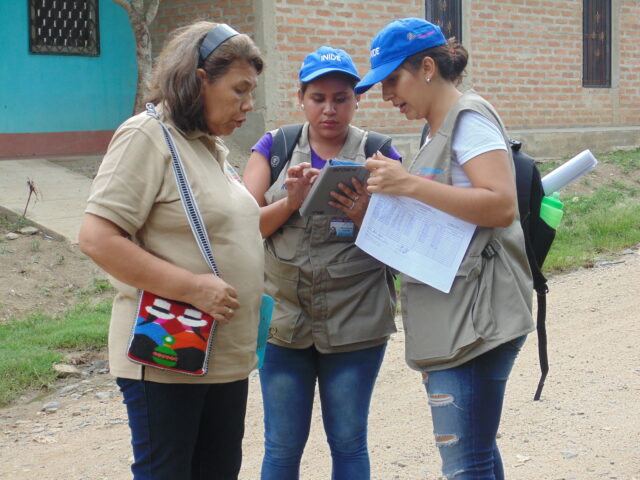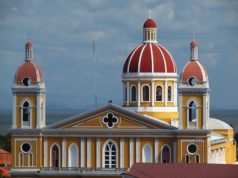The “National Population and Housing Census” is well under way in Nicaragua. This is the ninth census in the country’s history, the last one being conducted in 2005. The census started on April 30th and will continue through May and June.
Almost 8,000 Nicaraguans have been trained as Interviewers/Enumerators by the National Institute of Development Information (Instituto Nacional de Información de Desarrollo – INIDE) and will travel throughout the national territory visiting homes in 153 municipalities, 15 departments and the 2 autonomous regions of the Caribbean Coast.
Enumerators will be easily identified by their uniform (vest and ball cap) as well as ID from INIDE and will visit Nicaraguan Families to collect the statistical information that forms the census. Information that will be gathered includes the occupants and type/condition of the homes.
Enumerators will visit each home a total of three times in order to find the appropriate person that can provide the information. The average time for each household survey is 30 minutes.
This will be the first census in Nicaragua where a digital device (tablet) will be used to collect the information.
“The main objective of the census is to confirm how many inhabitants there are in Nicaragua, including the foreign residents in the country, the entire population that lives in the national territory. That is the information that is needed in order to updated and properly define the Government’s public policies” said Luis Ramírez, head of the Information Technology Department at INIDE in a TN8 interview.
The census will also collect information about the population, including; sex, age, education level, work and some specific questions for women. This information will define the distribution of men and women in each municipality. The housing, living conditions and basic services questions will also help map the needs in each municipality in Nicaragua.
The National Institute of Development Information – INIDE is a decentralized organization with technical and administrative autonomy.





